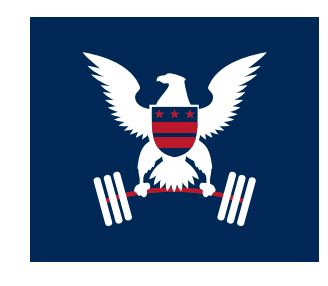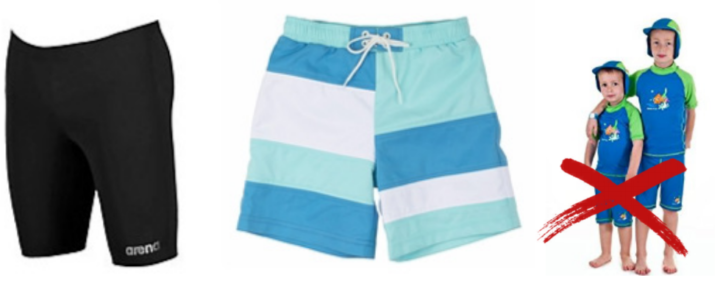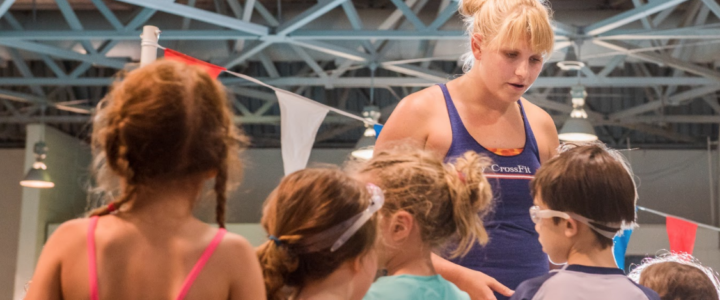Water independence is a foundational swim skill and one that is woven into Old City Swim School’s program across all levels, whether you’re a child or an adult. Water independence can be learned by anyone of any age or ability.
Water independence is foremost a safety issue. When a swimmer feels confident and comfortable being independent of another person/object in the water, they are more likely to survive an incident that may occur when that person/object becomes disabled, momentarily distracted, or perhaps involved in an incident themselves. Water independent people do not see water as inherently dangerous. They are comfortable with the presence of water completely surrounding them and understand proper underwater breathing techniques (exhaling from the nose) as safe and necessary.
Water independence also informs better technique. Swimming is a highly individualized sport. Each swimmer must rely on his own natural state of buoyancy and body and self-mobility to float, move, and ultimately achieve speed, efficiency, and endurance for either sport, play, or survival needs. Water independence encourages an individual to figure out how he can best use his own body to swim without pain, getting tired, or elevating a stress/panic response.
Within Old City’s SwimAmerica-based curriculum, an individual’s water independence shows up in a number of ways across all levels. For beginners, poor water independence may look like an extreme dislike of getting the face, mouth, or eyes wet; or a fear of letting their legs dangle in the water such as clinging/clutching to a person or the wall. In intermediate levels, it may be that a swimmer can effectively kick, but they are only strenuously kicking to achieve the goal of reaching another person or wall as fast as they can.
In the upper levels, a lack of water independence may show up as a swimmer becoming easily exhausted and a preference for floundering, dog paddling, or treading sloppily instead of using learned techniques to reach the end of the lane.
To help you or your child continue to build water independence outside of swim lessons, allow water “play” time that encourages building familiarity with water being present all around the face/body. This can be as simple as a splashy bathtub experience or walking around in waist deep water at the local pool.
For a swimmer who is clingy or clutches onto another person or object, encourage more time off the wall in open water. For kids, establish rules such as “I will hold you and keep you safe, in return you can’t hold onto me” or “You can use my arm to hang on to, but not anything more and I will keep you safe”. For adults, use a swim noodle (not a kickboard, as they are not for flotation) or a flotation belt to explore water that comes up to your chest.
For swimmers who have advanced to our intermediate levels, minimize “hold” time where swimmers are dependent on standing up to fiddle with goggles or wipe water off their face. Try to gently kick with relaxed breathing slowly back to the wall, or recover into a float position to take a 5-10 second break to reset. Maintaining a streamline or floating position is the best way to keep the body from going vertical in the pool, which often leads to paddling the arms and thrashing the legs, which exhausts the body quickly and triggers a panic response.
For swimmers in upper levels, discourage bad habits such as stopping and walking where they can stand or holding the lane line. Practice pushing off the wall in a streamline position instead of walking a few steps, or hopping before starting to swim. Practice strong finishes all the way to the wall instead of coming up and walking.








